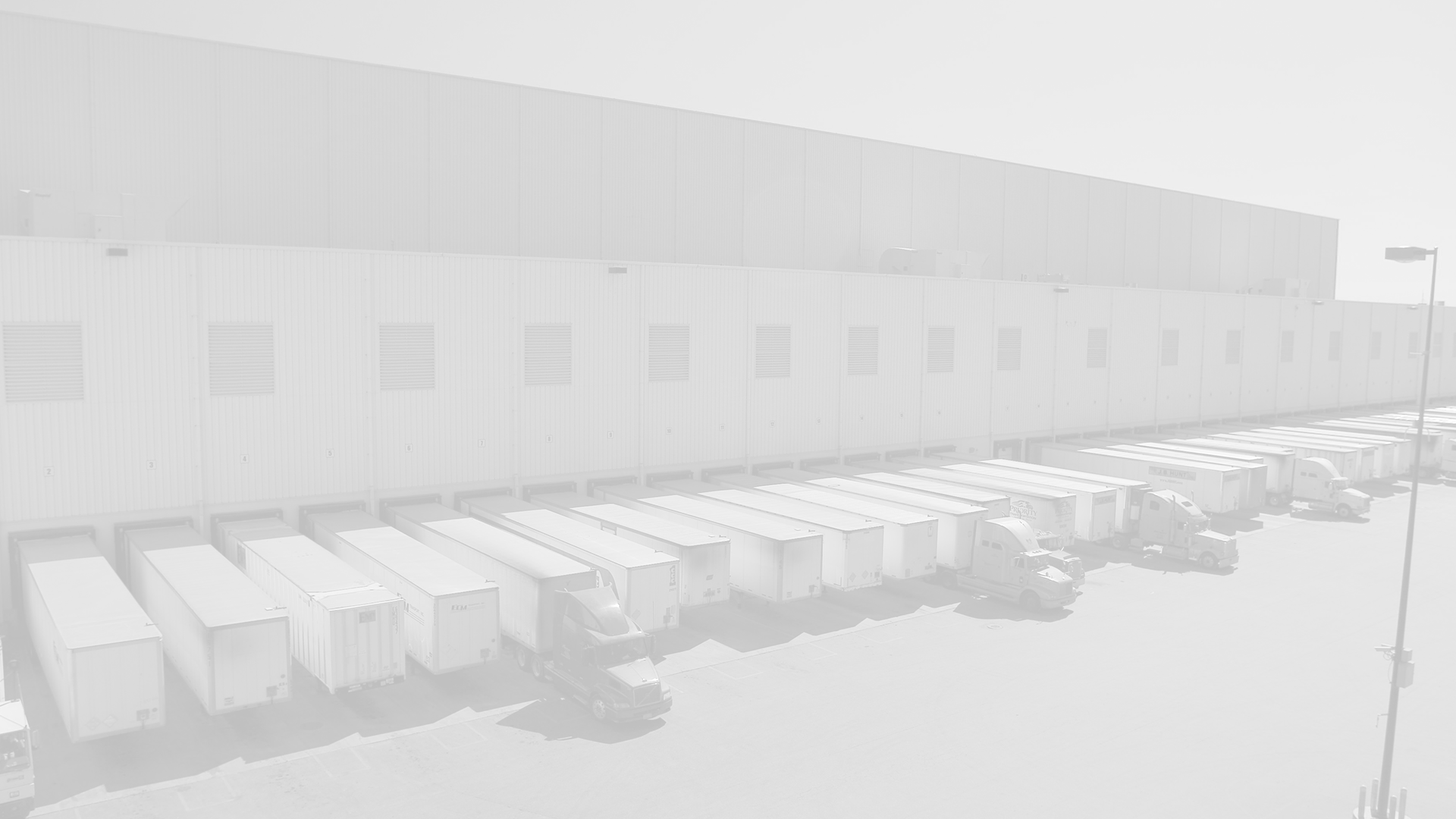The CPG industry went through a period where stores built supercenters large enough to require GPS systems in order to navigate. Those days are over. Today, most retailers are developing smaller formats for neighborhoods or urban environments.
The recession enticed many non-grocery channels to expand their grocery offerings. Mass merchandisers, like Walmart and Target, have inserted grocery stores within their stores. The grocery category’s high purchase frequency is appealing to retailers, who view it as a stable base business that nicely offsets other items, like electronics.
Drug stores are beginning to look like small grocery stores, particularly in urban environments and “food deserts.” The drug channel has expanded its food offerings beyond beverages and frozen pizza to include a full line of grocery items including fresh and prepared foods.
The value channel has seen the most growth during the recession, adding new stores, and expanding locations to include groceries in all temperature classes.
The grocery channel is reducing the footprint of the center store in favor of perimeter categories: produce, prepared foods, deli, bakery, meat, and dairy. Retailers see the perimeter as an opportunity to differentiate themselves from other retailers and online services. Additionally, growth segments – Millennials and male shoppers – tend to be more interested in shopping the perimeter.
Smaller grocery formats and the contraction of center-store space, combined with a record number of new item introductions, are fundamentally changing the dynamics of the supply chain. Shelf sets were designed to hold a case and a half per item facing, with enough facings to ensure the product remains in-stock during peak shopping periods. This system is breaking down. In order to fit a facing of a new product, an item must be delisted or a facing must be taken away from another item. This rarely happens, resulting in out-of-stocks during promotions and during high traffic times. Traditional out-of-stock rates are 6 to 8%; out-of-stock rates more than double during promotions and peak shopping times.
Categories with high levels of innovation, like yogurt, are facing an out-of-stock crisis. With the addition of Greek yogurt SKUs and flip-top combinations, the space allocated for yogurt can no longer support the velocity and the volume. To see the impact, visit the yogurt section of any grocery store. The shelves are likely to have many empty holes, with an associate frantically restocking to fill the gaps. This is a sign of things to come. As innovation reaches stagnant categories, more shelves will look like the yogurt section, bursting with variety and causing headaches for retailers.
How do we prevent rampant out-of-stocks and unhappy consumers, given the current constraint of shelf space? Secondary locations, like in-aisle displays and endcaps, can be used to support promotion activity and keep items in stock during events. This is a good temporary solution but it cannot solve the long-term problem.
Some retailers, like Walmart, are creating “endless aisles.” Here the retailer offers some items exclusively through shelf signage and online ordering. This creates more shelf space for products sold in store. The “endless aisle” concept is also used to remediate out-of-stocks. If an item is unavailable, the retailer can facilitate the customer ordering that item through the retailer’s site, via a kiosk, tablet or mobile. This solution supports offering a bigger variety. It requires a supply chain that can support both distribution center and direct-to-consumer delivery.
For most retailers, the immediate need is to speed up the supply chain and flow the product more expediently and efficiently to the store. Retailers are working on creating demand-driven supply networks (DDSN. These networks leverage data from point-of-sale and replenishment systems to calculate real-time demand, so called “demand-sensing”. Today’s ordering system integrates data more slowly, creating replenishment orders to a retailer’s DC only after a case’s worth of product moves through the scanners at the front of the store. The idea is that the half case remaining on the shelf supports the current store needs until the case arrives. This works for some items but the process needs to be sped up for other items. Stores may need more than one delivery per day to keep items on the shelf. Cases may need to be smaller to accommodate less shelf space. The speed and increases in case pick are going to have an impact on the future design of supply networks.
The current supply needs to evolve from shipping pallets and layers to shipping cases and selling units. Order-to-delivery cycles need to be shortened from days to hours. All of this needs to be done at or below current costs in order to remain competitive. The challenges facing supply chains over the next five years are big ones. Individual manufacturer and retailer supply chains will not be able to meet these challenges on their own. In order to efficiently ship smaller quantities at a lower cost, scale must be achieved. The only way to get to scale is through collaboration throughout the entire supply chain, working across manufacturers and retailers.
Click here to receive a copy of ES3’s Complete Top 10 Trends Research!



